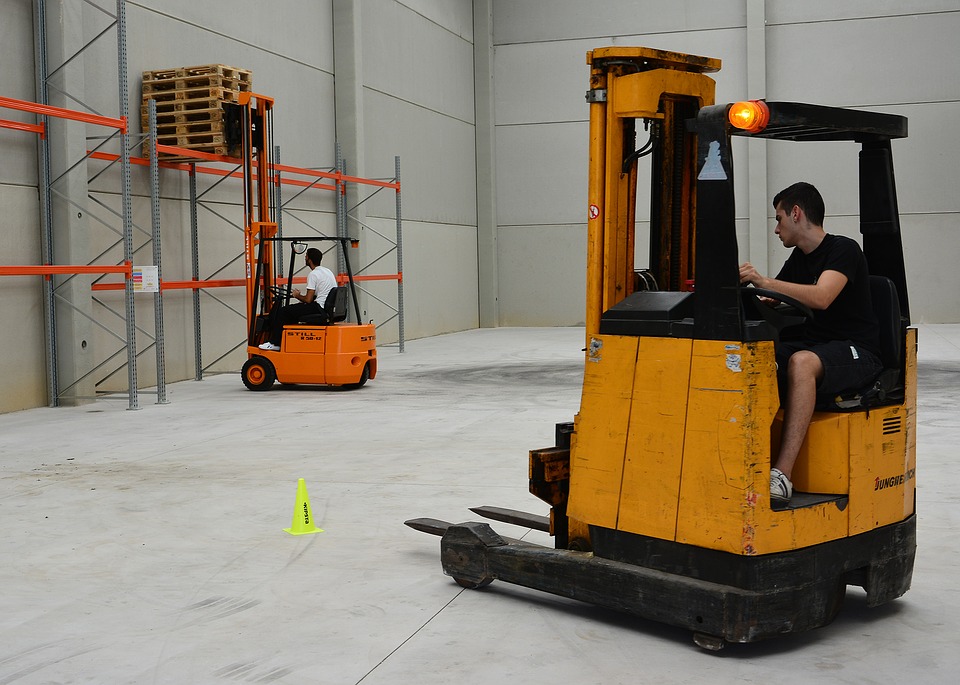
Sponsored article
Properly securing your package is crucial if you don’t want to be exposed to additional costs associated with cargo damage, delayed delivery, etc. The most important thing here is the proper placement on the pallet and the correct application of protection, in this case we will discuss the most popular option, stretch film.
Improper loading and securing of pallets happens everywhere. Companies that fail to properly secure large loads suffer costly damage, lost goods, and often employee injuries. They also lose customer satisfaction because deliveries are not presented intact or in a professional manner.
However, leading packing and shipping companies that have mastered the art of loading and securing pallets experience few lost or damaged goods. They also have few, if any, accidents. They lose no time due to worker injuries such as musculoskeletal disorders, cut hands or crushed feet, which are often associated with improperly secured loads. These preventable incidents cause an unnecessary increase in downtime and workers’ compensation claims. They also contribute to poor workplace morale, which leads to more accidents.
Stretch film is currently the most common form of properly and securely securing large loads to pallets. Stretch wrapping is often used in place of older securing methods such as metal or fiberglass strapping. A good stretch wrap manufacturer is also the key to success. This is because it has an amazing ability to mold itself around any shape or size imaginable. Stretch film is easy to use, cheap to buy and simple to apply. It is also incredibly strong and resilient.
Even companies that follow safe loading and securing practices can improve. They can benefit from investing in equipment that allows employees to stack and store goods on pallets more easily and quickly. An excellent investment is a stretch wrap machine that quickly binds even the most difficult goods to a standard pallet. This machine safely prepares packages for shipping much better than any employee can do by hand.
Some pallet loads are costly not only because of damage to the goods, but even because of the time it takes to repack the pallet. They can even be dangerous. Loading a pallet properly is a process, as is wrapping it securely for shipping
Start with the right pallet because it is the foundation of the load. It must be the right size and strength to hold the destination package. Make sure the pallet is in good condition. If not, set it aside and get a decent one. The load is only as strong as the base it is placed on
Use the right stacking method. Block stacking involves using the cube method, where one piece sits on top of another. The packages are stacked alternating 90 degrees for stability. Irregular stacking is where items are not uniform in size or shape and require creative adjustments.
Place the heaviest items low and lightweight items high. Make sure to taper inward as it goes up. Limit the pallet to a safe storage height. The general rule is that no stack height should be greater than the longest width of the pallet.
Start wrapping with stretch wrap, making the first few inches of the wrap in a line and tying the wrap to the outside corner of the pallet. Leave the tail of the plastic exposed. Begin wrapping in a circular motion from anchoring the lowest row of goods directly to the base of the pallet. This is extremely important for the integrity of the load.
Continue upward, applying layers of stretch film 50 percent more. This reinforces the entire package and leaves it free of gaps.
Apply the film going up, then continue in the same overlapping pattern until you are back at the base, then form the stretch wrap back into rope and tie it to the original tail at the base of the pallet.
(Photo: pixabay.com)